I, Robot Book Review — Isaac Asimov
A story of robots
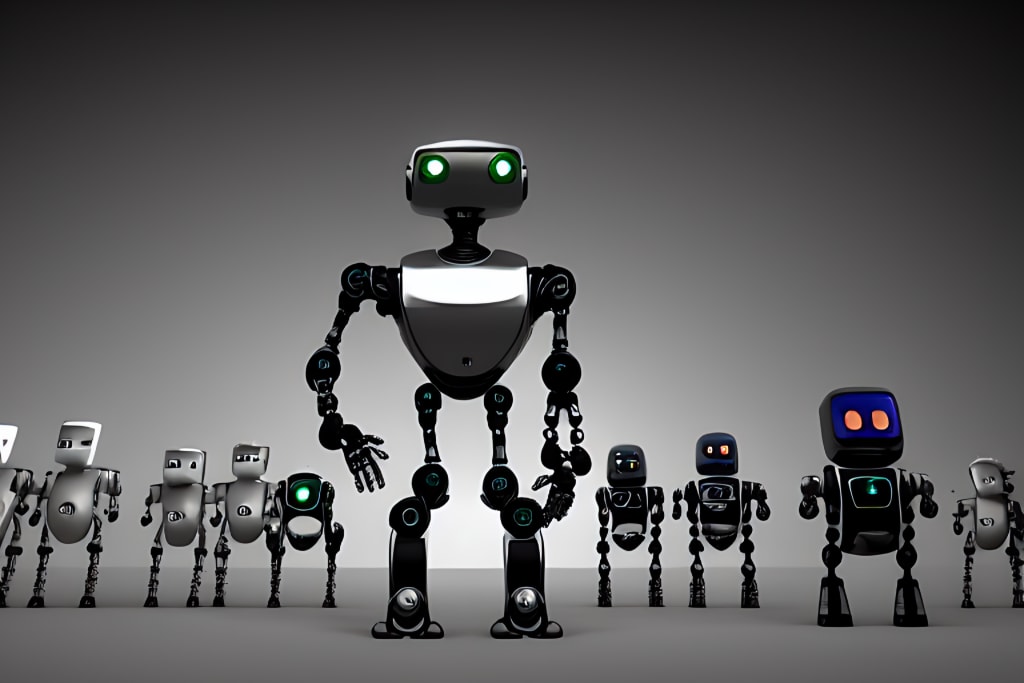
Asimov is one of the greatest visionary science-fiction authors of all time. For me, he is the greatest. I love the fact that he writes about robots, space, and the socio-political future of the world. In some aspects, he is a prophet. How much of a prophet? Only time will tell.
In this article, I will provide you with a review of one of his greatest books about robots and artificial intelligence. Quite possibly one of the greatest AI science-fiction novels of all time.
The plot
The plot follows a reporter who is interviewing the greatest robopsychologist of that time, Susan Calvin. The interviewer is looking to find out all the things he can about the history of robots and of the positronic brain. That positronic brain is the hardware that allows robots to have an intelligence that is even higher than that of humans. No to mention that their metal bodies also give them super-human strength.
Susan Calvin has experienced most of the creation of robots, from their inception to the current days, where they are used everywhere, from mining to infrastructure maintenance and even space exploration.
The interviewer proceeds to follow her around and insists on interviewing her about different historical facts about the development of the positronic brains and robots, at U.S. Robots and Mechanical Men, Inc. where she worked most of her life.
There are a total of 9 stories incorporated in the book, all of them from the perspective of Susan Calvin.
Before getting to the stories, it’s important to remind you of the Three Laws of Robotics, which are a central part of any Asimov AI novel:
“A robot may not injure a human being or, through inaction, allow a human being to come to harm.”
“A robot must obey the orders given it by human beings except where such orders would conflict with the First Law.”
“A robot must protect its own existence as long as such protection does not conflict with the First and Second Laws.”
These 3 rules cannot be broken by any robot in any of Asimov’s series, and they are ranked in order of importance. The only way to break the rules is by the rule’s superior ranking rule. This means that rule 2 can only be broken in such a way as to satisfy rule 1. And rule 3 can only be broken if, by following it, you break rules 2 or 3. So the first rule takes precedence over the second and third rules. And the second rule takes precedence over the third rule. I will now give you a short overview of each story.
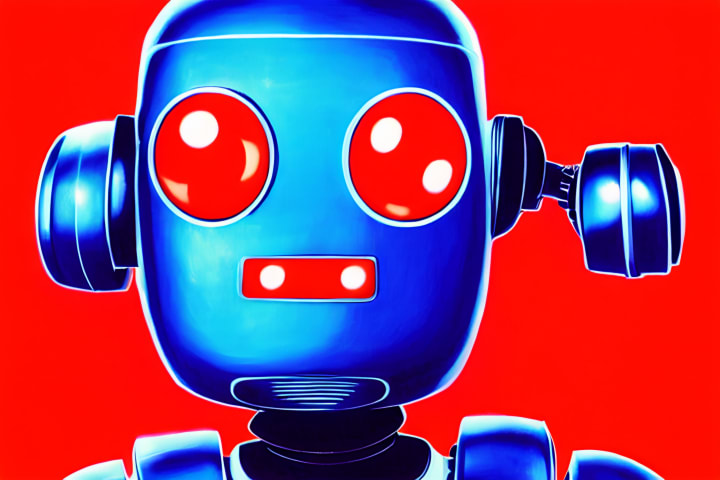
The 9 short stories
The first story, “Robbie”, is centered around a little girl named Gloria and her pet robot Robbie — who was one of the first robots ever created, with the purpose of caring for children. Gloria loves her little robot friend and spends most of her time having fun with him. However, her mother starts believing the robot is unsafe and repeatedly tries to convince her husband to get rid of the robot — and eventually succeeds. After losing her robot, Gloria becomes very depressed, so their parents take her to a robot assembly line, thinking that seeing how robots are made will “cure” her of the love she has for Robbie. However, to their surprise, Gloria meets Robbie there, and runs towards him, almost dying in the process. The only reason she doesn’t die is that Robbie swiftly runs towards her, saving her from sure death, while putting himself in harm’s way. This act convinces Gloria’s mother that robots are to be trusted and welcomes Robbie as part of their family.
The second story, “Runaround”, is centered around 2 characters that will appear in many other stories of Asimov, Powel, and Donovan. They are one of the best problem-solvers when it comes to fixing unpredictable robot behaviors. They are also insanely fun in their interactions with each other and with unexpected situations. This story happens on planet Mercury, and is centered around a robot, SPD-13 nicknamed “Speedy”. The robot was sent after Selenium, to the hotter side of the planet. However, he hasn’t returned in over 5 hours, and without the Selenium, he was supposed to bring, the life support system on the base would fail. That’s why Powel and Donovan get going after the robot, to find out what happened. They find out that Speedy is running around in a big circle around a Selenium deposit, as the heated Selenium poses danger to Speedy. Due to the 3 laws of robotics that are engraved on the robot’s positronic brain, the robot is stuck running around the Selenium. The 2 humans finally find a way to bring speedy back, by endangering their lives so that Speedy is forced to obey the first rule of robotics, and save the humans.
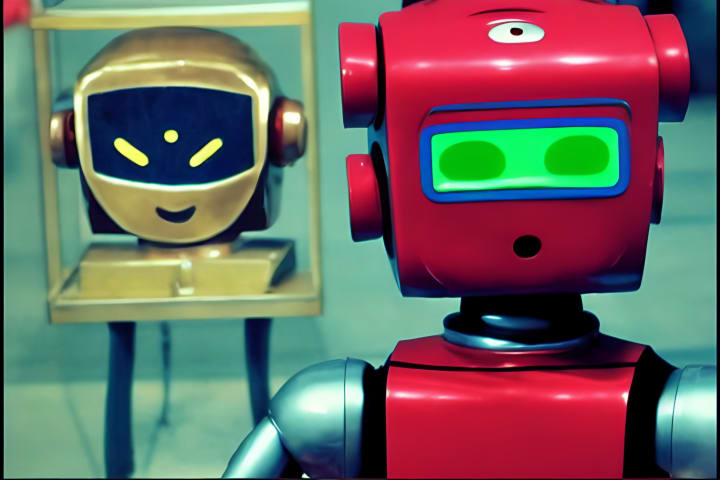
The third story, “Reason”, has Powel and Donovan on another robot adventure. This time they are stationed on a space station that supplies energy to other planets using microwave beams. An extra intelligent robot prototype is soon sent to the station, named QT-1, is sent to the station. This robot, nicknamed Cutie soon concludes that nothing except this station exists, and starts converting other robots into a cult that serves “the creator”. The other robots start believing this and refuse to follow anyone’s orders, except those given by Cutie. The situation becomes desperate for the 2 humans since a solar storm is approaching which will destabilize the microwave beams and kill all of the people on Earth. They try everything to fix the situation but eventually give up and accept that they and the humans on their home planet will die. However, they are surprised when they realize that all of the problems were fixed by Cutie, since “the creator” wants the new robot to take care of the station.
The fourth story, “Catch that Rabbit”, has Powel and Donovan on yet another adventure. By now, they are already renowned for solving any problem the company throws at them. This time they are sent to solve a problem on an asteroid mining station. The problematic robot, DV-5, nicknamed Dave is the master of 6 additional robots, called “fingers”, that can be directly controlled by him. The problem, in this case, is that when no human is around, the robots stop mining, and when the humans are around they work without problems. Again, they try different things and end up stuck in a cave-in during their different tests. Thankfully, during their time in that cave-in, while low on oxygen, they manage to solve the puzzle. The problem arises when a dangerous event, such as using dynamite to mine, occurs. This causes Dave, the mastermind, to try “talking” to all 5 fingers simultaneously, which overloads its communication system. The solution: remove one of the “fingers” so that the communication channel won’t overcharge.
The fifth story, “Liar!”, is a very interesting memory of Susan, concerning a robot that has telepathic abilities, called Herbie. Susan and other top robot scientists are tasked with finding out how this “telepathy” anomaly has occurred. Susan and the scientists then start asking Herbie different questions, including questions about other people on the team. Herbie answers them all, causing quite a stir in the process. He even tells Susan that one of his colleagues, which Susan really likes, is in love with her. Susan, however, finds out that his colleague actually loves someone else and solved the mystery. The robot Herbie actually lied to people, since his first directive which was engraved in his positronic brain, didn’t allow him to hurt humans — including human feelings. That’s why he told everyone what they wanted to hear, lying to protect their feelings. Maddened and hurt by Herbie’s lie, Susan then attacks him with different facts, proving to him that he actually hurt people, thus creating a paradox in the robot’s brain, which eventually drove him mad, and killed him.
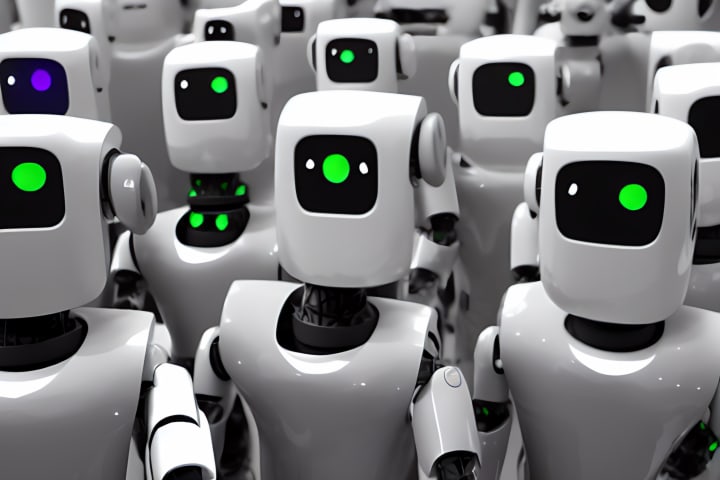
The sixth story, “Little lost robot”, happens on a military base where scientists are trying to develop a new hyperspace drive. Here, Susan and other distinguished scientists are called to find a “missing” robot. One of the workers, Gerald Black, gets mad and tells a robot to “get lost” while swearing at him. Obeying his order, the robot disappears, hiding in a room with 62 identical robots. Susan then finds out that the first law of robotics was modified in this robot and a few others, from its initial version (see the beginning of the article) to “No robot should harm human beings”. Susan then devises a smart experiment to fool the robot, based on its intelligence and the modified first law it has. Susan places herself in danger during this endeavor and reveals which of the robots is the impostor. The robot then goes haywire and hurts Susan, which is saved by Gerald Black by attacking it with Gamma rays, which kill robots but don’t harm humans.
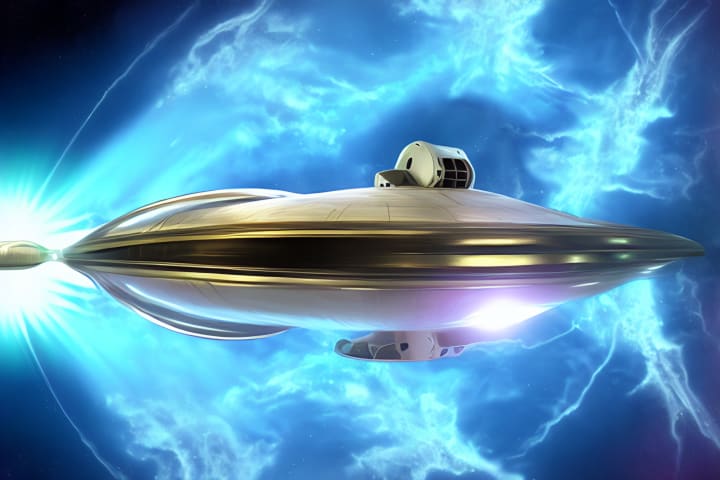
The seventh story, “Escape!”, is about using superintelligent AI to solve a very difficult problem: that of creating a ship capable of hyperspace travel. The U.S. Robots and Mechanical Men are approached by their greatest competitor to use their positronic supercomputer to perform the seemingly impossible calculations that are required to create the hyperspace drive. They do so because their own non-positronic computer got destroyed trying to do so. Susan Calvin finds a way to feed the information to the supercomputer, without harming it due to the 3 laws of robotics (since failing to build a good hyperspace drive would kill the people trying to use it). The positronic supercomputer finds a way to build that drive and tells Susan that it is ready to build a ship capable of using it. During the next few months, the computer builds the ship, and Powel and Donovan board it. After boarding it, the supercomputer closes the hatches and sends them on a trip, millions of light years away, using the newly created drive. This trip, however, gives weird visions to the 2 crewmembers. It’s later found that this is because, during the trip, the people on board actually die for a few seconds, only to be resurrected after. During this story, the supercomputer actually starts playing jokes and puns on Susan and the crew members, since this is the way it could cope with the impossible odds and paradoxes that the calculations for the hyperspace drive implied.
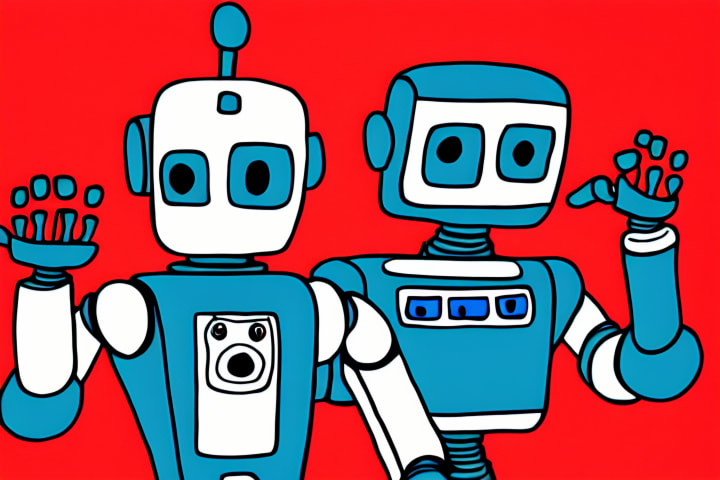
The ninth story, “Evidence”, is centered around Steven Byerley, a successful district attorney who runs for mayor in a major American City. The other candidate, Francis Quinn, accuses Steven of being a robot since he has never been seen eating or drinking in public. This is why Susan Calvin, the most renowned robopsychologist is called to find out if this allegation is true. After this, lots of attempts to prove that Steven is a robot fail, even if Francis keeps doing more extreme attempts at proving it. Susan tries the 3 laws of robotics on him but realizes that even if he obeys them, this doesn’t prove he’s a robot — since they could have been removed by his creator. This election then becomes world-renown, making Steven Byerley extremely famous. Everything ends when, during a public speech, Steven is hit by a viewer in the face. Immediately after, Steven proceeds to hit the aggressor back, proving to the whole world that he is not a robot. Later on, she tells the interviewer that after his death, Steven Byerley got his body atomized — and that she believes that he was indeed a robot.
The tenth and final story, “The Evitable Conflict”, happens in 2052, after Steven Byerley, from the previous story, got elected as world coordinator for the second time. During this time, the Earth was split into 4 major districts, which Steven visits during the story, talking to each of the coordinators of those zones since he believes that the machines running most of the operations in those zones have made some mistakes that reduced the economical growth. After consulting the 4 coordinators, he finds out that some very prominent individuals are part of a group that hates machines, called “Society for Humanity”. Byerly believes that society tries to undermine the machines, by not listening to their instructions. Because of this, Susan Calvin is called again, to get to the bottom of this. And that she does. After a series of conversations with Steven, she concludes that the machines generalized the first law, which mentions not harming a human, into a law stating that “machines may not harm humanity or by inaction causing harm to humanity”. Due to this, the machines manipulated the humans that were part of the “Society for Humanity”, so that they would cause economical errors, and be removed from their prestigious positions. The machines believed that this way they could prevent any future conflict between the 4 districts and preserve the peace.
This was the last story that the interviewer got from Susan Calvin since she died later that year.
Final Words
This book is truly a masterpiece of Asimov, in my mind comparable to the Empire and the Foundation. He gives us some rules that robots should follow, which we may also use in the future. He also gives us plenty of examples of how robots could go around those rules, and what problems this could cause.
All in all, this book is a must-read for any artificial intelligence and robot enthusiast, and I highly recommend buying a physical copy and reading it. Now you have an overview of all the stories, but you will see that there are a lot more interesting things encompassed in this great book.
Get to reading and stay safe!
About the Creator
Pircalabu Stefan
I love writing about life and technology. Really passionate about all technological advances and Artificial Intelligence!
Enjoyed the story? Support the Creator.
Subscribe for free to receive all their stories in your feed. You could also pledge your support or give them a one-off tip, letting them know you appreciate their work.






Comments
There are no comments for this story
Be the first to respond and start the conversation.